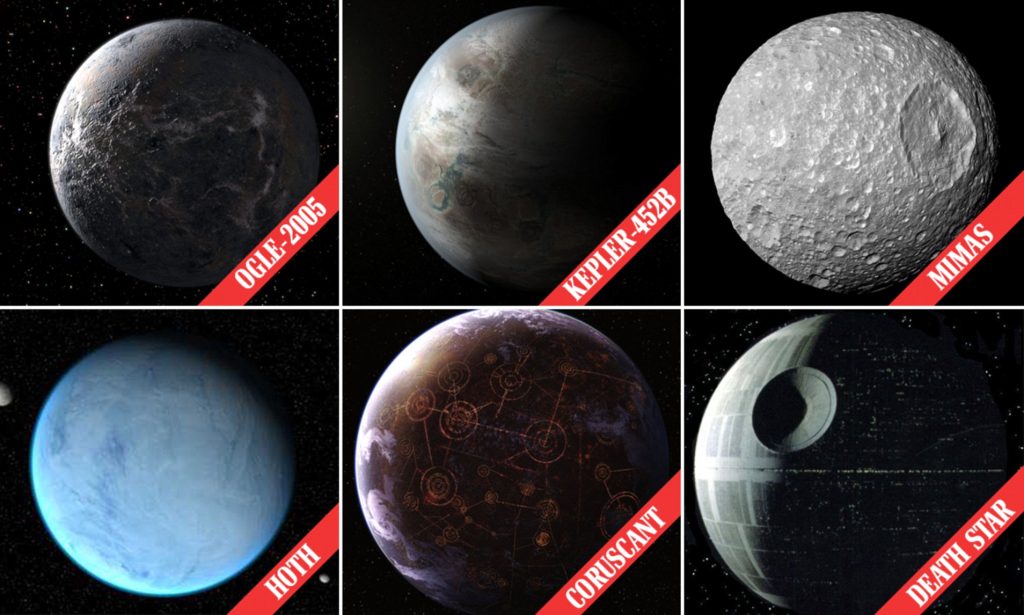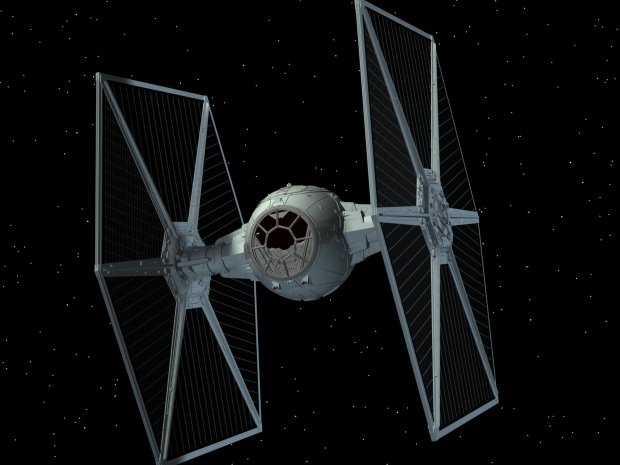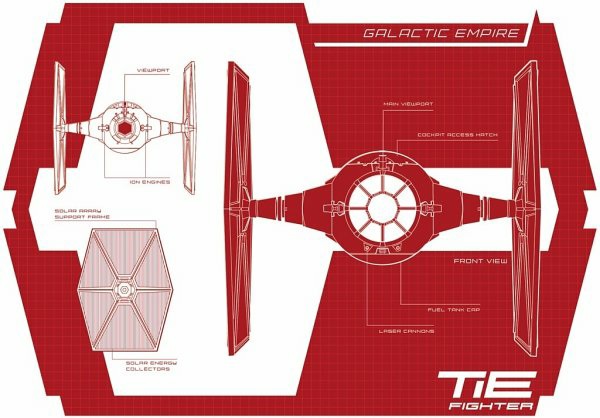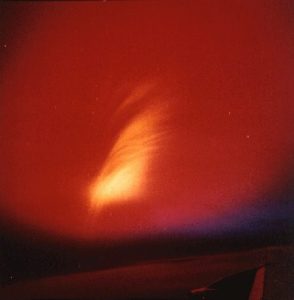May the Cosmic Force Be With You: Exploring the Real Science Behind Star Wars
3rd May 2024
As fans around the world gear up to celebrate National Star Wars Day on the 4th of May, the force of curiosity awakens within us to explore the real science behind the beloved saga. While lightsabers, hyperdrive, and the Force itself might seem like pure fiction, many aspects of the Star Wars universe are grounded in scientific principles or inspired by real astronomical phenomena.
What Is the Most Scientifically Accurate Part of the Star Wars Universe?
Alright, so let’s dive into what makes sense scientifically in the wild world of Star Wars. Like loads of other sci-fi and fantasy stories, Star Wars doesn’t exactly play by the rules of our universe. Lightsabers and the Force? Not exactly what you’d find in a physics textbook. But here’s the kicker: while Star Wars might stretch the limits of what we know, it’s not totally out of left field to think there could be other universes out there with their own funky laws of nature. So, in that sense, it’s not all that far-fetched.

Now, if we’re zooming in on what seems somewhat grounded in real science, it’s the whole deal with habitable planets. You’ve got Tatooine, Hoth, Coruscant – the list goes on. And what do they have in common? They’re teeming with life, not just any life, but intelligent civilisations doing their thing. Nowadays, it seems like NASA is popping up with news about another planet that could be home to life. So, it’s no shocker that Star Wars, a cinematic universe built on the idea of bustling life beyond our little blue dot, might not be as far-fetched as George Lucas initially imagined.
As of today, astronomers have officially confirmed the existence of 5,241 exoplanets. A handful share similarities with Earth regarding size and atmospheric makeup. Kepler 452-b is a particularly intriguing find. Situated snugly within its parent star’s habitable zone, also known as the Goldilocks zone, this exoplanet boasts conditions favourable for liquid water. At approximately 1.5 times the size of Earth, it presents an appealing prospect for potential habitability.
Star Wars: Myth VS Science
Now, let’s look at other elements of this saga and figure out if they make scientific scenes.
Lightsabers

Lightsabers are made of a plasma blade powered by a Kyber crystal coming from a metal handle. They need the skill to use and work best with the Force. Making a real lightsaber isn’t simple. Regular batteries won’t cut it; we’d need something as strong as a nuclear plant. So, an external power pack is essential.
It’s all about physics. We’d need a separate power pack from the handle. To make a plasma beam, we’d have to turn propane into superheated plasma. That’s where Laminar Flow comes in. We’d use a bunch of special nozzles to make a strong, concentrated flow of gas that turns into plasma.
Do you remember that moment from episode one when Qui-Gon calmly holds his lightsaber against that thick metal blast door until it melts into a seething pool of magma? How about the instance when Darth Vader slices through Luke’s wrist while sealing the wound shut at the same time? To generate the intense heat required for such feats, a lightsaber would essentially incinerate anyone nearby.
So, could lightsabers ever become a reality? For now, it’s just a myth. But we need to mention that while we may not have the technology to create energy blades, scientists have explored concepts like plasma-based weapons and magnetic containment fields, drawing parallels to the iconic weapons of Jedi and Sith alike.
Double-Sunned World of Tatooine

One thing Star Wars gets right from the start is the depiction of Tatooine, a world with two suns. Interestingly, in both our galaxy and the broader universe, numerous planets are orbiting around two stars. These planets, known as circumbinary planets, come in various configurations, with one possibility being planets orbiting two stars. While this might sound strange to us, it’s conceivable that many alien species would find our single-star system unusual. Just ask Luke Skywalker.
Droids

You’ve probably seen the viral videos showcasing robots like Sophia from Hanson Robotics, the agile cheetah robot from MIT, and the industrial machines in factories. While these robots may not match R2D2’s capabilities, they advance rapidly. While it’s possible that future droids will surpass current limitations, there’s plenty of exciting innovation happening on Earth right now. So, this element of Star Wars can easily be counted as accurate.
The Tie Fighter

The TIE Fighter, a beloved starfighter from the Star Wars universe, captures the imagination with its sleek design and iconic sound effects. But have you ever wondered if such technology could exist in real life? The TIE series owes its name to its propulsion system: Twin Ion Engines. In reality, ion drives are silent and operate by expelling ionised propellants to create thrust. While this technology is used in satellites and probes, such as Deep Space 1, its current limitations make atmospheric flight impossible.
A similar concept, electrohydrodynamic thrust or ionic wind, has been recognised since the 1960s. These thrusters use an electrical field to ionise air molecules, creating thrust. While simpler in design, they still require development for practical use in space vehicles.
In Star Wars lore, TIE Fighters are armed with “laser cannons,” which are more accurately described as plasma weapons. These weapons fire streams of excited matter rather than focused light. The iconic wings of TIE Fighters are often thought to be solar panels or cooling vanes. While their function remains speculative, the concept of using solar energy or cooling systems is feasible with current technology.

So, while the technology behind TIE Fighters sparks imagination, our current technological capabilities fall short. Ion engines lack the agility depicted in films, plasma weapons require miniaturisation, and anti-gravity technology remains a distant dream. But perhaps one day, these dreams will become reality.
Tyson Knows Something
On X (former Twitter), Neil deGrasse Tyson (astrophysicist, science communicator, and author known for his work in popularising science) shared his experience with the science facts behind Star Wars: The Force Awakens. Here are some of his facts that are hard to argue with.
While we may not yet possess lightsabers or hyperdrive technology, the parallels between the science of the Star Wars universe and our own quest for understanding the cosmos are undeniably fascinating. From ion engines to plasma weapons, each element sparks curiosity and fuels our imagination. Travelling the realms of science entwined with the mystique of Star Wars, let us heed the timeless words of Han Solo: “Never tell me the odds.”

![Best Astrophotos Collection: Milky Way, Soul Nebula, Cygnus Constellation [26 April – 3 May] Best Astrophotos Collection: Milky Way, Soul Nebula, Cygnus Constellation [26 April – 3 May]](https://orbitaltoday.com/wp-content/uploads/2024/05/Pink-Lagoon-Nebula-1-300x215.jpg)




Thank you for your comment! It will be visible on the site after moderation.